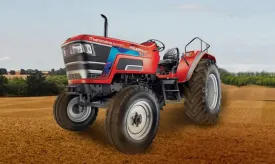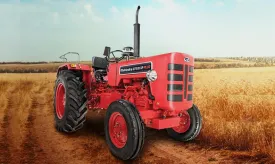What is Contour Farming? Importance & Key Benefits for Farmers
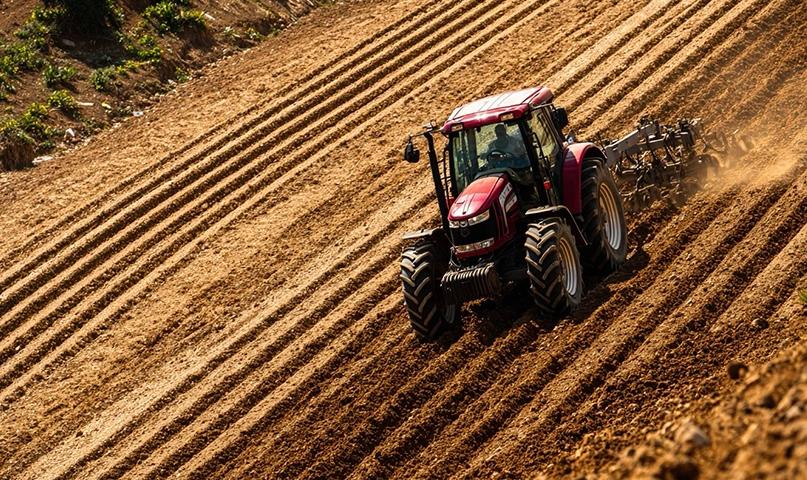
What is Contour Farming?

Contour farming is a classic yet powerful farming technique designed to conserve soil, manage water effectively, and promote sustainable farming on sloped land. By planting crops along the natural contour lines of a hill—rather than up and down the slope—farmers create ridge-and-furrow patterns that serve as water breaks, reducing runoff and allowing more rainwater to soak in. This method mimics a topographic map, helping fields slow water flow and prevent erosion.
How Does Contour Farming Work?
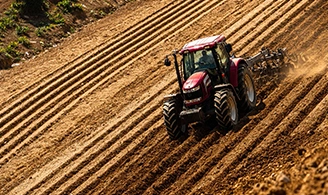
- Contour ploughing or farming involves tilling across the slope at consistent elevations. This creates furrows that act like natural dams, interfering with rapid water flow and reducing formation of gullies or rills during heavy rainfall.
- The process typically begins with a topographic survey or use of GPS to map contour lines. Farmers then follow these lines during plowing, creating ridges that hold water and allow infiltration.
Why is Contour Farming Important?
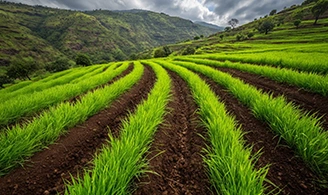
Contour farming is vital for several reasons, especially in regions with sloping terrain:
1. Soil Erosion Control
By slowing down water flow, contour farming can reduce soil erosion by as much as 50%–60%, protecting the nutrient-rich topsoil.
2. Enhanced Water Conservation
The ridges formed during contour farming help retain rainwater, increasing moisture infiltration and minimizing runoff—particularly beneficial in semi-arid or rain-dependent agricultural zones.
3. Improved Crop Yield
With more stable soil moisture and reduced erosion, plants establish stronger root systems, ultimately boosting yield by 10%-50% in some cases.
4. Nutrient Retention
Preventing soil wash-off ensures that essential nutrients stay within the field. Reduced fertilizer runoff also preserves nearby water quality, benefiting the farm ecosystem and reducing input costs.
5. Sustainability and Ecosystem Protection
Contour farming supports regenerative land use practices by conserving soil and water, minimizing degradation, and maintaining long-term land productivity.
Also Read: Types of farming in India – Factors, Techniques & Importance
Key Benefits Recap

|
Benefits |
Explanation |
|
Soil Erosion Control |
Reduces soil loss by up to 50–60%; maintains topsoil integrity |
|
Water Conservation |
Enhances infiltration, reduces runoff, conserves moisture |
|
Increased Crop Yield |
Enables stronger root systems and improved productivity |
|
Nutrient Retention |
Prevents loss of vital soil nutrients and reduces fertilizer needs |
|
Sustainable Farming |
Supports long-term soil health and ecosystem balance |
Challenges & Considerations for Farmers
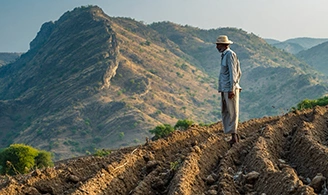
While contour farming offers significant advantages, there are practical challenges to consider:
-
Labor-Intensive Setup
Mapping contour lines and implementing the system requires careful planning and initial labor investment.
-
Limited Applicability
It is most effective on slopes of 2%–10% gradient. Steeper or flatter terrain may require alternate methods such as terrace farming.
-
Machinery Constraints
Contour-aligned fields can be harder for conventional farm equipment to navigate. Specialized tractor implements or GPS-guided systems may be needed.
-
Ongoing Maintenance
Ridges and furrows can degrade over time due to water flow; they require regular upkeep to maintain effectiveness.
Modern Enhancements: Tractors and Implements in Contour Farming
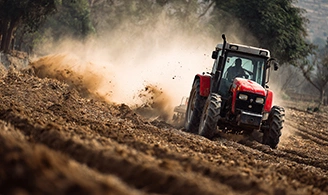
To address machinery challenges, modern agriculture leverages precision tractors and specialized implements:
- GPS-Guided Tractors make following contour lines highly accurate, saving time and reducing manual errors.
- Specialized Tractor Implements like hydraulic hitches help maintain alignment and prevent implement drift—ensuring uniform planting and minimal crop damage.
This seamless integration of technology enables contour farming on a larger scale, improving efficiency and boosting farm productivity.
Contour Farming in India
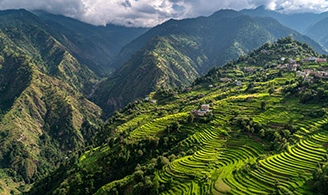
Contour farming has a notable presence in India's hilly and sloped regions—notably in the Himachal Pradesh, Uttarakhand, Northeastern states, and parts of the Indo-Gangetic Plains. It’s part of watershed management programs like PMKSY to combat land degradation and boost productivity.
Conclusion

Contour farming is a powerful, time-tested method that aligns farming with the natural landscape to promote:
- Soil erosion control
- Water conservation
- Improved crop yields
- Nutrient retention
- Long-term sustainability
While its implementation has upfront costs and requires careful planning, the long-term benefits—especially when combined with modern tractor technology and precision implements—make it an essential tool in sustainable agriculture. For farmers committed to productivity, resilience, and responsible land stewardship, contour farming offers both immediate payoff and future promise.












